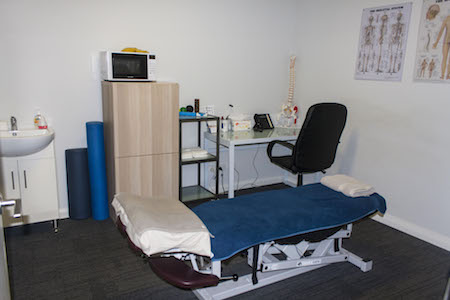Chiropractic Care
 At Perth Sports Injury Clinic our chiropractic assessments include muscle, reflex, mobility and flexibility testing to determine the body’s overall functions and limitations.
At Perth Sports Injury Clinic our chiropractic assessments include muscle, reflex, mobility and flexibility testing to determine the body’s overall functions and limitations.
The nerves’ innervations to muscles are tested, which are then compared with strength on both sides of the body. Neurological innervation of muscles is often intact and not affected by generalised mechanical muscle and joint problems; they can also be managed well with chiropractic and physiotherapy in most cases.
We’re able to determine the health of your external sensation with responses to sharp and dull feeling elicited with a paper clip for sharp and a cotton bud for soft. We obtain essential information relating to the feedback loops within the central nervous system with specific reflex testing. We look for any patterns, differences in speed and compare sides for knee jerk, ankle jerk, triceps and biceps responses among others.
Getting to the Cause of Your Pain
Your feeling of pain may include pins and needles, tingling, sharp/stabbing pain, dullness, and achiness. These sensations are compared to objective Chiropractic findings to help us locate the area of concern.
Testing Your Lower Back Movements
Radiating pain along the course of the sciatic nerve before the straight leg gets past seventy degrees can be due to disc or nerve problems and require immediate referral, direction to a specialist, or further testing. Chiropractic lumbar spine adjustments are not indicated if during this stage of assessment a positive straight leg raise response is obtained. No Chiropractic lumbar spine adjustments for treatment are indicated until a disc bulge is ruled out with an MRI or CT.
Want to Learn More?
If you have seen other chiropractors in Perth without results, contact Perth Sports Injury Clinic today!

